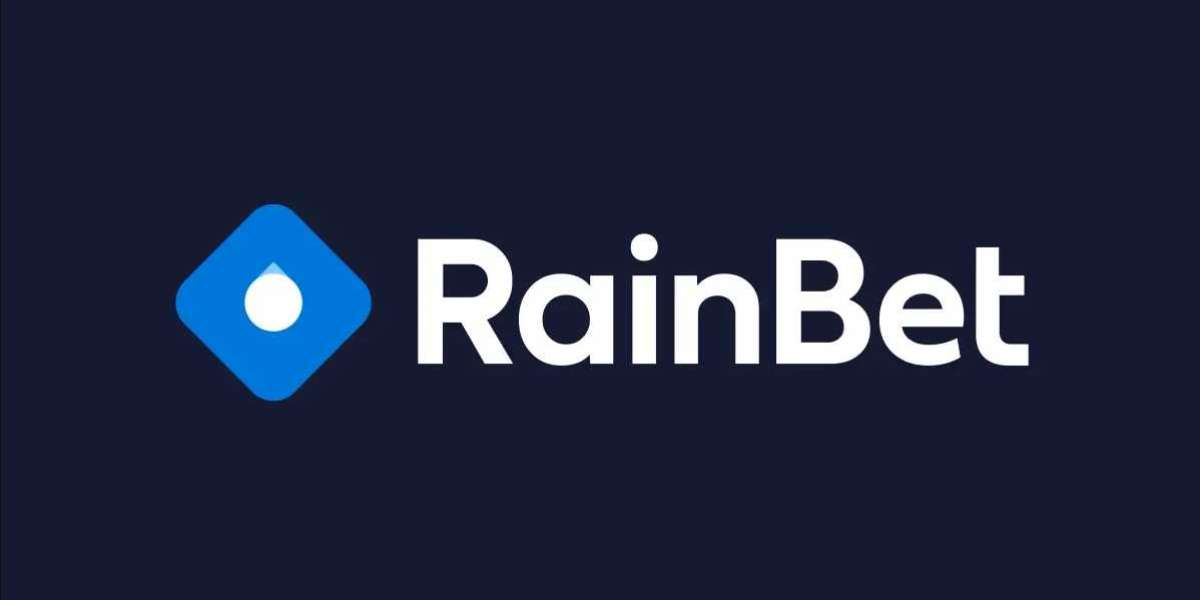Study mbbs in Iran has emerged as a promising destination for international students, particularly from India, looking to pursue MBBS. With affordable fees, globally recognized degrees, and high-quality education, Iran offers excellent opportunities for medical aspirants. Medical universities in the country provide advanced facilities, experienced faculty, and practical exposure through clinical training.
Why Choose Iran for MBBS?
- Affordable Tuition Fees: Iranian universities offer cost-effective education compared to Western countries, with fees ranging between USD 3,000 and 6,000 per year.
- Globally Recognized Degrees: Iranian medical degrees are recognized by WHO and NMC, allowing graduates to pursue careers or further education worldwide.
- Modern Infrastructure: Universities are equipped with advanced laboratories and affiliated hospitals, providing students with essential practical experience.
- English-Taught Programs: Many universities offer MBBS in English, ensuring accessibility for international students.
- Cultural Diversity: Iran offers a blend of ancient traditions and modern lifestyles, making it an enriching experience for students.
Leading Medical Universities in Iran
- Tehran University of Medical Sciences
- Shiraz University of Medical Sciences
- Mashhad University of Medical Sciences
- Isfahan University of Medical Sciences
- Golestan University of Medical Sciences
These institutions are known for their well-structured medical programs, experienced faculty, and strong focus on research and clinical training.
Course Structure and Duration
The MBBS program in Iran is divided into six years, which include:
- Five years of academic study: Students cover core subjects like Anatomy, Biochemistry, Pathology, Pharmacology, and Community Medicine.
- One-year internship: The final year involves clinical rotations, providing hands-on experience in university-affiliated hospitals under the guidance of experienced doctors.
Admission Requirements
- Educational Qualifications: Candidates must have completed 10+2 with Physics, Chemistry, and Biology, with a minimum of 50% marks in aggregate.
- NEET Qualification: Indian students need to pass NEET to be eligible for admission and future practice in India.
- Age Criteria: The applicant should be between 17 and 25 years.
- Language Requirements: While many programs are offered in English, learning basic Farsi is recommended for effective communication during clinical practice.
- Medical Fitness Certificate: A health certificate is required to ensure the student’s fitness for medical studies.
Admission Process
- Application: Students must apply through the university’s online portal.
- Submission of Documents: Academic transcripts, passport copies, NEET scorecards, and other necessary documents must be submitted.
- Offer Letter: Upon acceptance, students receive an admission letter.
- Visa Application: Students need to apply for a student visa to Iran with the required documents.
- Enrollment: After arrival, students must complete their enrollment process at the university.
Tuition Fees and Living Costs
| Category | Cost (USD) | Cost (INR) (Approx.) |
|---|---|---|
| Tuition Fees (Annually) | 3,000 – 6,000 | 2.5 – 5 lakh |
| Hostel Fees (Annually) | 800 – 1,200 | 65,000 – 1 lakh |
| Living Expenses | 300 – 500 per month | 25,000 – 41,500 |
Iran offers affordable accommodation and living costs, making it an attractive destination for international students.
Scholarships and Financial Aid
Several Iranian universities provide scholarships and grants to international students based on merit and financial need. These scholarships help reduce tuition fees, easing the financial burden on students.
Clinical Training and Career Opportunities
Students gain practical exposure in university-affiliated hospitals during their clinical rotations, which enhances their medical skills. After graduation, students can appear for various licensing exams such as:
- FMGE (India)
- USMLE (USA)
- PLAB (UK)
Passing these exams enables graduates to pursue further studies or medical practice globally.
Cultural and Student Life in Iran
Iran offers a unique cultural experience with its blend of ancient traditions and modern amenities. Universities provide extracurricular activities and cultural events, making student life enriching. With various student support services, international students can adapt quickly to their new environment.
Challenges of Studying MBBS in Iran
- Language Barrier: Although courses are taught in English, students may need to learn basic Farsi for patient interactions during clinical practice.
- Cultural Adjustment: Adjusting to Iran’s cultural norms may take time, though universities provide support to help international students settle in.
- Licensing Exams: Graduates must pass exams like FMGE, USMLE, or PLAB to practice in specific countries.
Conclusion
MBBS in Iran offers a well-rounded educational experience with affordable fees, modern infrastructure, and globally recognized degrees. While students may face challenges like language learning and cultural adjustment, the benefits outweigh these difficulties. For those seeking quality medical education with international career opportunities, Iran is an excellent choice.





